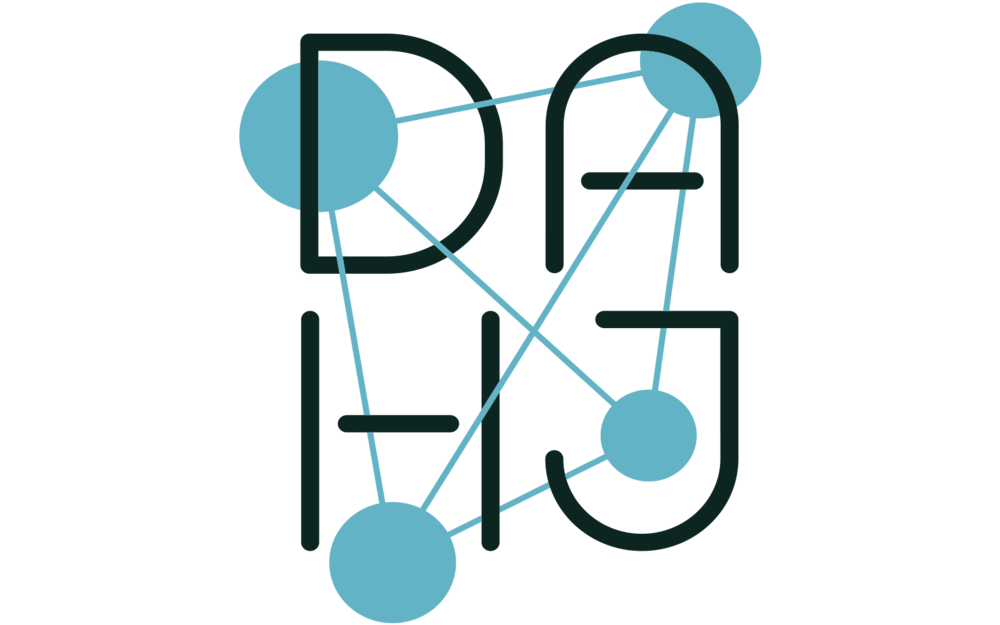Location
University of Applied Arts Vienna
Dates
May 12–13 2022
Deadline for Submissions
Februar 6th, 2022
Theme
During the recent lockdowns, museums have vigorously concretized already existing initiatives for digitizing their collections and exhibition practice, advertising this future-oriented virtualization with its expansion of participatory possibilities as a further boost to accessibility and democratization. As a result, not only did earlier institutional-critical disputes over the hegemony of museums suddenly appear suspended; the algorithmic regimes of the databases, along with the associated ideologies, also remained unaffected. In doing so, museums adopted the entrepreneurial paradigm of a Silicon Valley tech company without, however, making the associated advertising and sales mechanisms the subject of critical debate.
If a museum not only exhibits art but “optimizes” it, as market-oriented digital content providers would, with regard to users’ the actual viewing habits, at the same time adapting it to the indexical and aesthetic requirements of a software whose proprietary format is dictated by a privately owned company, this cannot but impact on our definition of “art,” which by this process is reduced to a mere surface of display.
Through our conference, which is organised by IMAGE+ we want to critically question the interface compatibility between “the museum” (with its site-specific and historical genesis) on the one hand and supposedly ideology-free data centres or globally available databases on the other. We propose to investigate the development described above along the lines of the following questions.
The author Mike Pepi has introduced the term “Cloud-Based Institutional Critique” in order to capture the ideological conflicts between museums (or other cultural institutions) and the mechanisms of a networked capitalism regulated by algorithms. Even a first attempt to classify the socio-political as well as the aesthetic implications of these conflicts raises a number of questions.
– Throughout their history, public art institutions have repeatedly been confronted with the logic of the market. Networked capitalism turns visitors into users, and works of art, into data sets of image files and metadata. How do these shifts change the relevance (and function) of art institutions and of the works of art housed there? / How do these shifts change the art-institutional space of action, and how does it influence the works of art embedded in this space?
– By means of a differentiated division of labor, art institutions, and museums in particular, maintain their holdings, drawing on the highly specialised work of curators, directors, conservators, etc. These groups examine, contextualise, and discursivise works of art and, if necessary, subject them to provenance research and make them available for restitution. Database administrators can support such processes; however, their concerns differ fundamentally from those of their more traditional colleagues. After all, the way they present information for users is subject to the technical requirements / possibilities of database design. Do art institutions and databases really mean the same thing when they refer to a public “memory” in their work? If not, how (and why) do their ideological assumptions differ?
These disputes about the ideological foundation of art databases are given additional urgency with regard to the research area of digital art history. In her essay “Biases within Digital Repositories: The Getty Research Portal”, the artist and theorist Hande Sever demonstrates how different kinds of art-historical bias are transferred from the existing structures of research into the digital sphere and are even expanded there. In this way, the current under-valuation of non-Euro-American art, as instituted by academic art history, is perpetuated in the databases. These analog and digital processes are intertwined in such a way that it is not possible to clearly state where “the technological choice begins and where the cultural prejudice ends,” says Sever. The digital sphere, therefore, does not represent a wholly separate parallel space.
- How can the metadata of terminology databases such as Getty Vocabularies, which has established itself as an international standard, be critiqued for their technical bias?
Submissions
Contributions should be about 15–20 minutes in length. We ask for abstracts of max. 3000 characters and a short biography (max. 1500 characters) to be e-mailed to image@uni-ak.ac.at. Contributors will receive a speaking fee; travel expenses will be covered. Conference languages: German and English. All presentations will also be broadcast live on-line and will remain available on-line, if possible. Participation in the conference is free.
More information
If you have any questions, please contact image@uni-ak.ac.at. Further information: IMAGE+ Platform for Open Art Education

